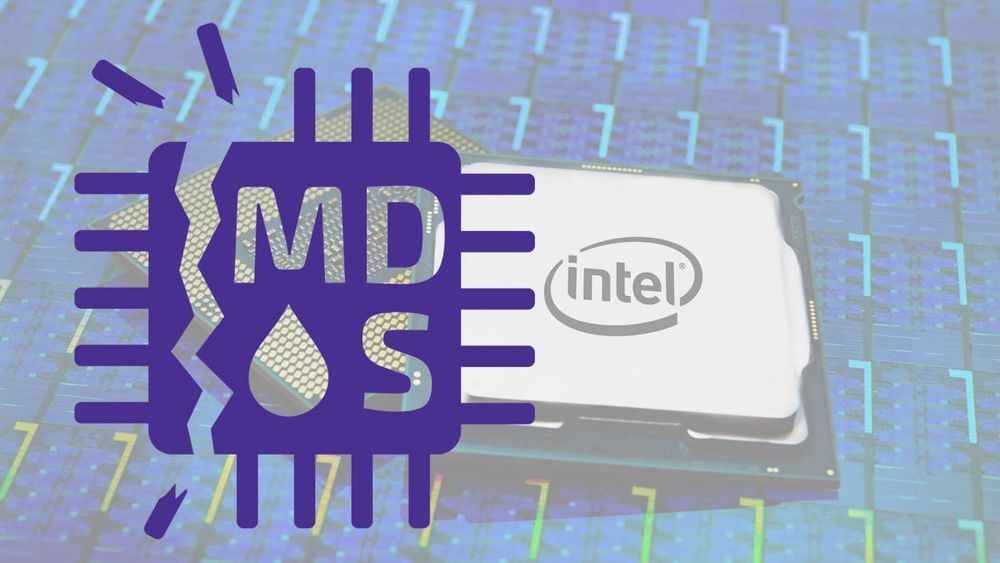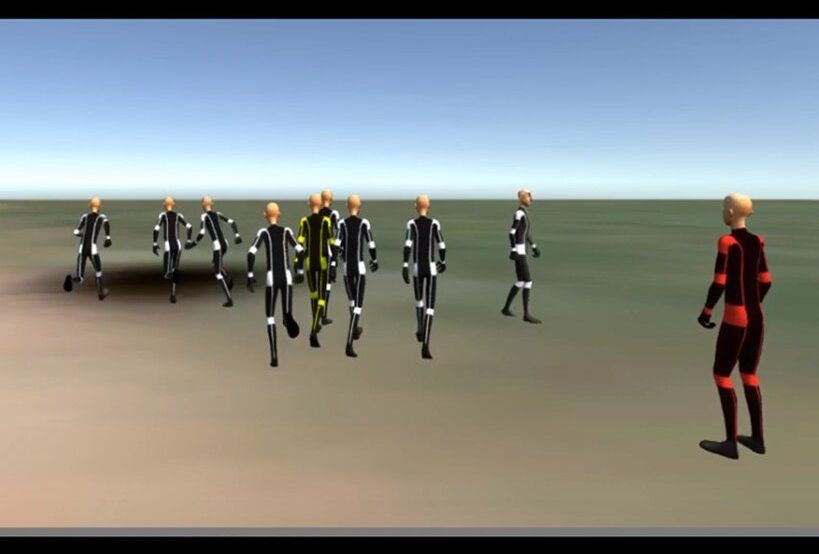Breakthrough will help with the development of reliable quantum computers.
Category: computing – Page 644
With a quantum coprocessor in the cloud, physicists from Innsbruck, Austria, open the door to the simulation of previously unsolvable problems in chemistry, materials research or high-energy physics. The research groups led by Rainer Blatt and Peter Zoller report in the journal Nature how they simulated particle physics phenomena on 20 quantum bits and how the quantum simulator self-verified the result for the first time.
Many scientists are currently working on investigating how quantum advantage can be exploited on hardware already available today. Three years ago, physicists first simulated the spontaneous formation of a pair of elementary particles with a digital quantum computer at the University of Innsbruck. Due to the error rate, however, more complex simulations would require a large number of quantum bits that are not yet available in today’s quantum computers. The analog simulation of quantum systems in a quantum computer also has narrow limits. Using a new method, researchers around Christian Kokail, Christine Maier und Rick van Bijnen at the Institute of Quantum Optics and Quantum Information (IQOQI) of the Austrian Academy of Sciences have now surpassed these limits. They use a programmable ion trap quantum computer with 20 quantum bits as a quantum coprocessor, in which quantum mechanical calculations that reach the limits of classical computers are outsourced.
Researchers at Pontifical Catholic University of Rio Grande do Sul have recently carried out a study aimed at evaluating people’s perceptions of geometric features, personalities and emotions presented in video sequences with virtual humans. Their study, outlined in a paper pre-published on arXiv, merges computer science tools with psychology research practices.
“Our recent work is part of a larger project in collaboration with the psychology department at our university,” the researchers told TechXplore, via email. “The main idea is to investigate emotions, personalities and cultural aspects detection in pedestrians and crowds from video sequences. In the context of the present paper, this research involving perception comes from the need to know if users can perceive emotions and personalities in virtual characters and if camera’s position or type of character can influence their perception.”
For their experiments, the researchers adapted a dataset that contained tracking files of pedestrians captured in spontaneous videos, changing humans in the footage into identical virtual characters. Their goal was to evaluate whether people who watched the footage could focus on the behavior of the virtual humans in the videos instead of being distracted by other features.
A radically new view articulated now by a number of digital philosophers is that consciousness, quantum computational and non-local in nature, is resolutely computational, and yet, has some “non-computable” properties. Consider this: English language has 26 letters and about 1 million words, so how many books could be possibly written in English? If you are to build a hypothetical computer containing all mass and energy of our Universe and ask it this question, the ultimate computer wouldn’t be able to compute the exact number of all possible combinations of words into meaningful story-lines in billions of years! Another example of non-computability of combinatorics: if you are to be born and live your own life again and again in our Quantum Multiverse, you could live googolplex (10100) lives, but they all would be somewhat different — some of them drastically different from the life you’re living right now, some only slightly — never quite the same, and timeline-indeterminate.
Another kind of non-computability is akin to fuzzy logic but based on pattern recognition. Deeper understanding refers to a situation when a conscious agent gets to perceive numerous patterns in complex environments and analyze that complexity from the multitude of perspectives. That is beautifully encapsulated by Isaiah Berlin’s quote: “To understand is to perceive patterns.” The ability to recognize patterns in chaos is not straightforwardly algorithmic but rather meta-algorithmic and yet, I’d argue, deeply computational. The types of non-computability that I just described may somehow relate to the non-computable element of quantum consciousness to which Penrose refers in his work.
Superfast data processing using light pulses instead of electricity has been created by scientists.
The invention uses magnets to record computer data which consume virtually zero energy, solving the dilemma of how to create faster data processing speeds without the accompanying high energy costs.
Today’s data centre servers consume between 2 to 5% of global electricity consumption, producing heat which in turn requires more power to cool the servers.










